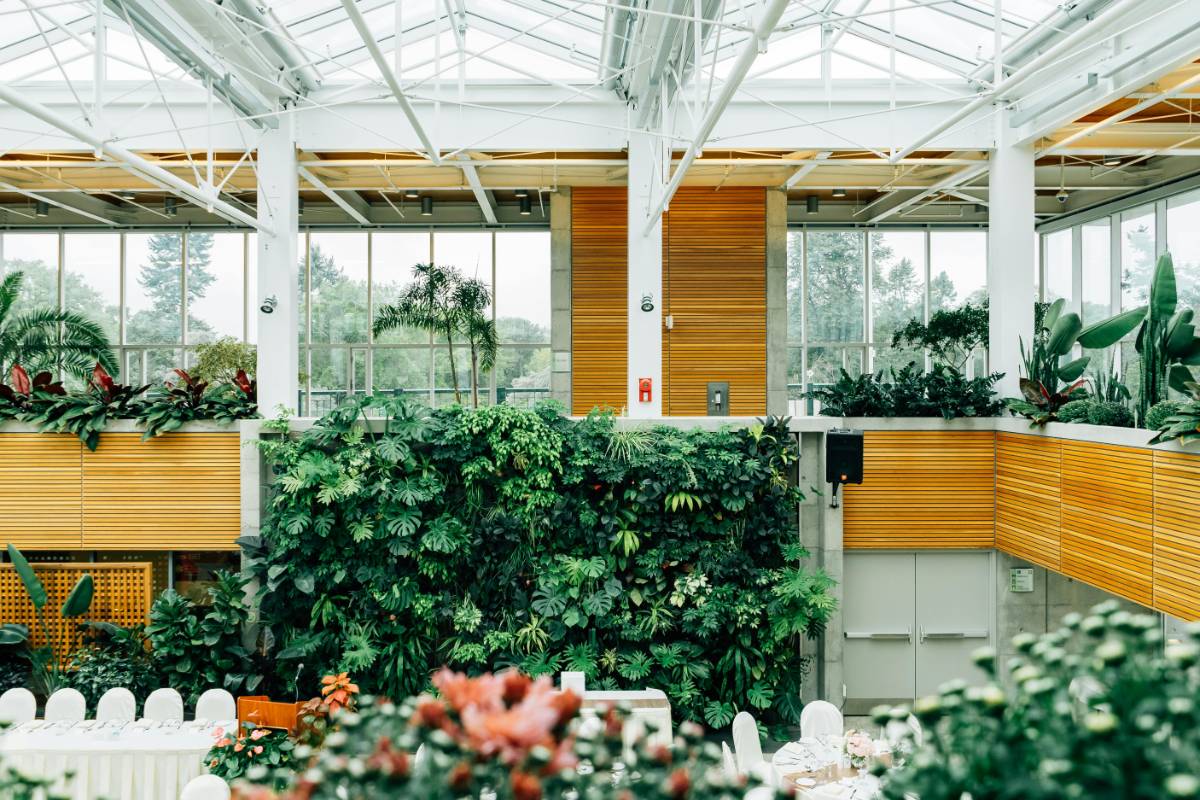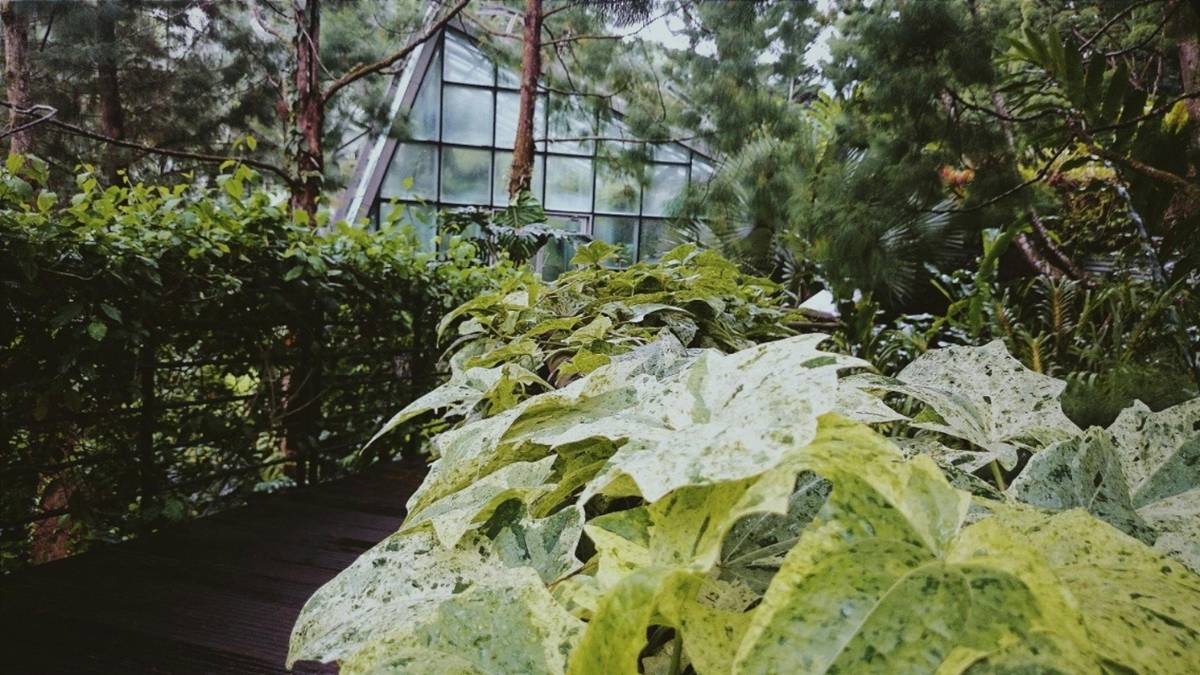
The Rise of Biophilic Design: Bringing Nature Into Sustainable Spaces
In an era where sustainability and well-being have become central to architectural and interior design, biophilic design is taking center stage. This innovative approach integrates natural elements into built environments, fostering a deeper connection between humans and nature. Biophilic design not only enhances aesthetic appeal but also promotes sustainability, making it a key player in the creation of eco-friendly and healthy spaces. Here's a closer look at this transformative design philosophy and its role in shaping sustainable living spaces.
What Is Biophilic Design?
Biophilic design is rooted in the concept of biophilia, which suggests that humans have an innate connection to nature. It aims to bring the outdoors inside by incorporating natural elements such as plants, water features, natural light, and organic materials into buildings and interiors. This design approach creates spaces that are not only visually appealing but also support mental and physical well-being.
By blending nature with architecture, biophilic design fosters a harmonious relationship between people and their surroundings, reducing stress, improving air quality, and enhancing productivity and creativity.
The Sustainability Factor
Biophilic design aligns seamlessly with sustainability principles. By incorporating natural elements, it reduces reliance on synthetic materials and energy-intensive solutions. Green roofs, living walls, and natural ventilation systems are examples of biophilic features that improve energy efficiency and minimize environmental impact.
Additionally, the use of locally sourced and sustainable materials, such as bamboo, reclaimed wood, and stone, supports environmental conservation and reduces the carbon footprint of construction projects. This integration of sustainability and biophilia ensures that spaces are both eco-friendly and nurturing.

Key Elements of Biophilic Design
Natural Light: Maximizing natural light through large windows, skylights, and reflective surfaces reduces energy consumption and creates a sense of openness. Sunlight has been proven to boost mood and regulate circadian rhythms.
Indoor Greenery: Incorporating plants, green walls, and indoor gardens improves air quality, reduces noise, and adds a refreshing touch to interiors. Plants like ferns, pothos, and succulents thrive indoors and require minimal maintenance.
Water Features: The inclusion of water elements, such as fountains or aquariums, introduces a calming ambiance and enhances the sensory experience of a space. These features can also aid in natural cooling and humidity control.
Organic Materials: Using natural materials like wood, stone, and clay not only adds warmth to a space but also reduces the environmental impact of synthetic alternatives.
Views of Nature: Designing spaces with large windows or open layouts that offer views of natural landscapes, gardens, or city greenery connects occupants to the outdoors, even in urban settings.
Biophilic Design in Practice
Biophilic design is being embraced across various sectors, from residential and commercial spaces to educational and healthcare facilities. In homes, it transforms interiors into peaceful retreats, while in offices, it boosts employee well-being and productivity.
Educational institutions benefit from biophilic elements by creating environments that enhance focus and learning. Similarly, healthcare facilities use biophilic principles to support patient recovery and create soothing atmospheres.
Challenges and Opportunities
While biophilic design offers numerous benefits, its implementation comes with challenges. High initial costs, limited awareness, and the need for maintenance can deter adoption. However, advancements in technology and growing recognition of its long-term benefits are driving greater acceptance.
Innovations such as smart irrigation systems for green walls and energy-efficient lighting solutions are making biophilic design more accessible and sustainable. Governments and organizations are also encouraging its adoption through green building certifications and incentives.
Conclusion
The rise of biophilic design signifies a shift towards a more sustainable and human-centered approach to creating spaces. By integrating nature into our built environments, we not only enhance our quality of life but also contribute to the planet’s well-being. As this trend continues to evolve, it promises to redefine how we live, work, and interact with our surroundings, ensuring that sustainability and harmony with nature remain at the forefront of design innovation.



